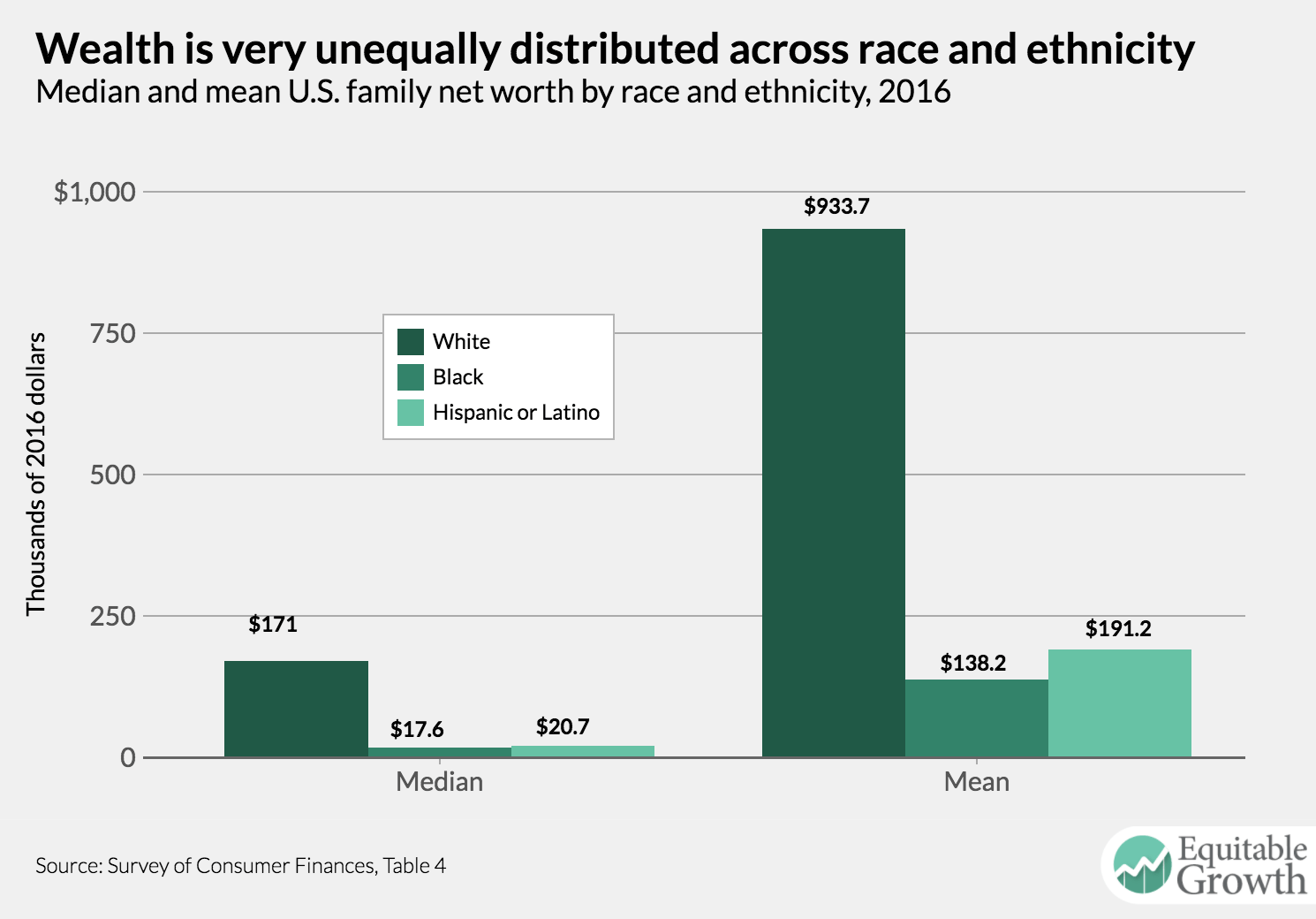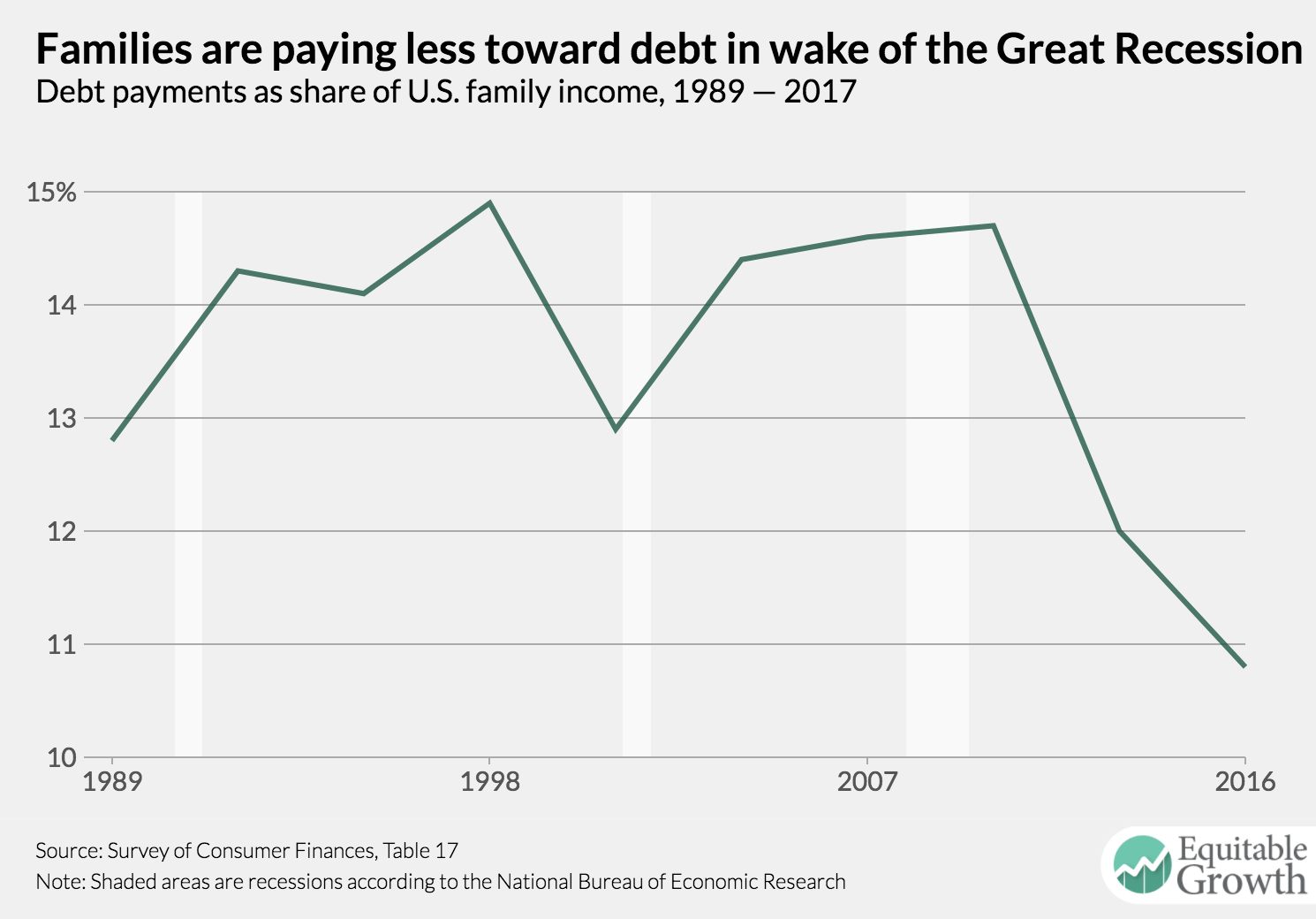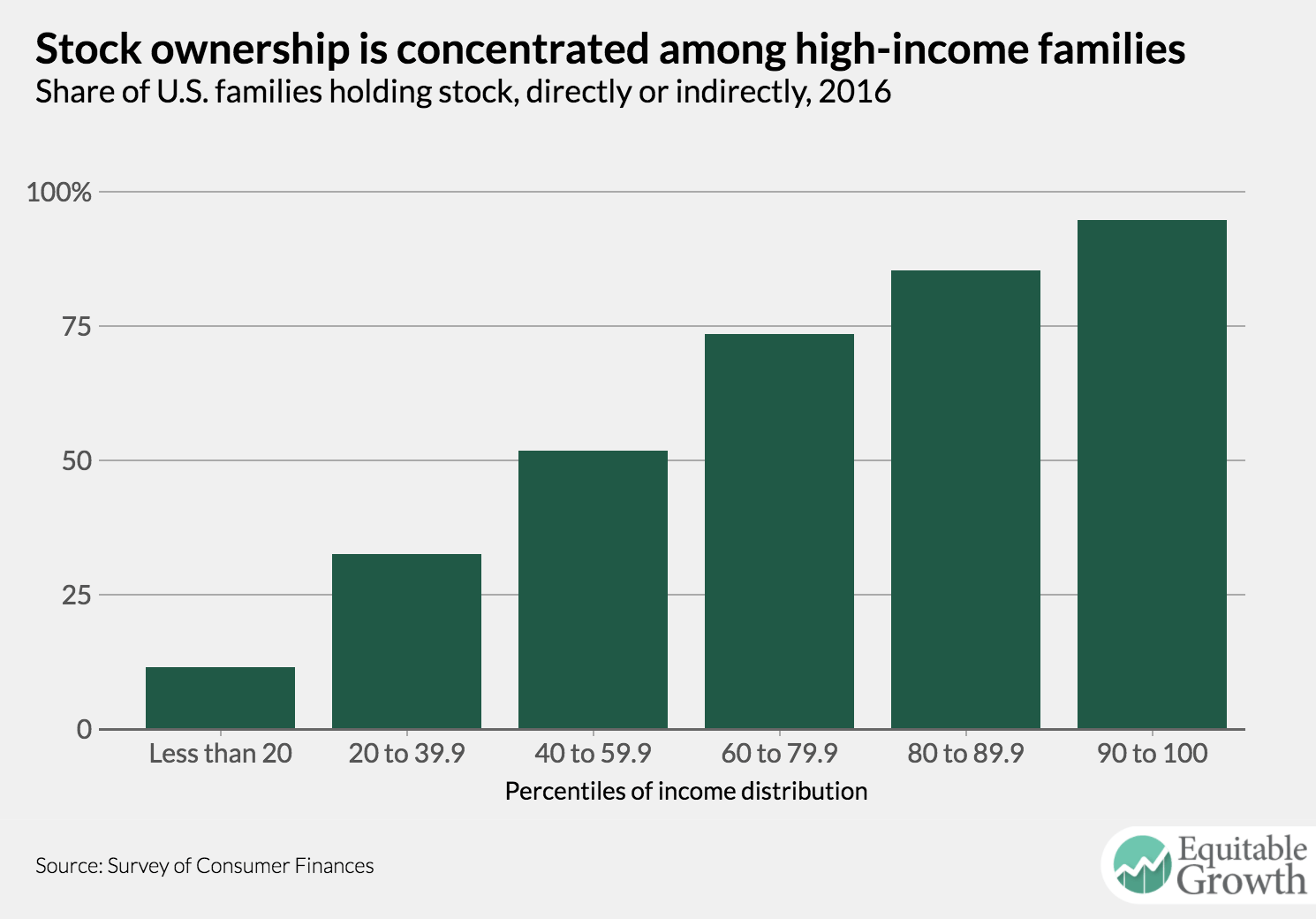
“Equitable Growth in Conversation” is a recurring series where we talk with economists and other social scientists to help us better understand whether and how economic inequality affects economic growth and stability.
In this installment, Equitable Growth’s Research Director Elisabeth Jacobs talks to Joan Williams, distinguished professor of law, the University of California, Hastings Foundation chair, and director of the Center for WorkLife Law at the University of California, Hastings College of the Law. They talk about Williams’ book on the white working class.
Elisabeth Jacobs: I’m delighted to be here today with Joan Williams. Joan is one of the first academic grantees co-funded by Equitable Growth for her work with University of Chicago professor Susan Lambert on the business-side impacts of scheduling stability. But we are not here to talk about that today. We are instead here to talk about Joan’s new book, White Working Class: Overcoming Class Cluelessness in America, released by Harvard Business Review Press recently. I’d like to kick off the conversation with the question: Why did you write this book, knowing you are a work-life scholar?
Joan Williams: Well, I basically think of myself as a social inequality scholar. I’m chiefly known for my work on gender, but I have also done a lot of work on how the experience of gender bias differs by race. And I have studied social class for 40 years. I married into a white working-class family in 1978, so I have been thinking a lot about how to bridge what I call the class culture gap between the professional, managerial elite and the white working class.
Jacobs: You’ve chosen to write this book about the white working class for all kinds of reasons. But how many of the things in your book do you think are about the white working class per se, and how many of them are actually more broadly applicable to a very diverse working class? African American families have struggled with many of the challenges.
Williams: There are so many overlaps between the white working class and the working class of color. The need and intense desire for stable jobs that will yield a modest middle-class standard of living is not a white working-class thing, it’s something that appeals to nonelites of all races. That’s why it should be such a central concern for both political parties.
The culture wars reflect that there exist a very different set of cultural dispositions among elites and nonelites. Elites value artisanal coffee. Gender roles. Spiritualities. You name it. Among nonelites, the search is less for novelty than for stability, so nonelites of all races put a high value on institutions that anchor stability, including the military, religion, and family values.
All that produces cultural conflict, but it’s not between the elite and the white working class. It’s between the elite and everybody who’s not elite—poor and middle class of all races. The elites often talk disrespectfully of the cultural truths of nonelites—that’s one of things that’s coming back to bite society.
Jacobs: You talk a lot about how, for white working-class people, their social networks, their kin structures, their lives are very much place-based in a way that means that the expectation that people just move to better jobs and the sort of head-scratching by economists about “why don’t people just move to where the jobs are” doesn’t make a lot of sense, if you think about it in the context of people’s social-cultural lives.
From an economic perspective, it doesn’t make much sense, and I think your work is kind of answering why this decline in labor mobility and decline in economic dynamism in the United States might be an economic puzzle, but in some ways, the sociology of it answers the questions.
Williams: Elites have what are called entrepreneurial networks—wide circles of acquaintances that are often national, or even global. And that’s how 70 percent to 90 percent of professionals get jobs. Working-class and poor people typically have place-based clique networks of family, neighbors, and friends they’ve known forever. Nonelites rely on these clique networks to protect them from their disadvantaged market position, by providing childcare, elder care, and help with things such as home repairs.
So, for moving to make sense, nonelites need not only to find a better job; they need to find one that’s so much better that they come out ahead, despite the fact they now have to pay for childcare and elder care because no family is close enough to help out. Another reason nonelites are reluctant to move is that their social honor is not portable. I was just living in the Netherlands; all I had to do is say I am a law professor teaching at one of the leading Dutch universities for people to want to get to know me. I tell the story in my book about going back to a high school reunion in a working-class town, and having someone ask a former classmate what he did for a living. The classmate got very red and snapped, “I sell toilets!” If your job is inglorious, you want to stick around people who know you, and know that you’re a person to be reckoned with—not just a guy who sells toilets.
Another important point: If you’re working class, the people in the communities you’re moving to have the same kind of dense place-based networks you have—and they’re going to make sure that good jobs go to people in their networks, not to you. This is just the kind of erasure of the realities of people’s lives on the ground that, if I can say this respectfully, economists are so good at.
Jacobs: So, what do you do about that? You often speak about the need for upskilling through non-college-based credentialing and vocational education. But what do you do if people are in places where there aren’t jobs? You can upskill all you want, but if the jobs aren’t there, there’s still the question of how do you make the jobs show up?
Williams: We need a new education-to-employment system that builds alliances between community colleges, local universities, and unions that set up alliances with local businesses, some of them existing, some of them attracting new businesses, so that the businesses can depend on a steady supply of certificate-trained workers with the specific job skills that are needed for their jobs. The goal should be certificate programs that are far shorter than a four-year degree, offered on family-friendly schedules because workers will need to retrain not once, but often several times, for new jobs, as old jobs morph or disappear. This idea and many others come from a very important book out of a Markle Foundation working group, and the book is called America’s Moment, and the initiative is called Rework America. Part of the reason American politics has turned so bitter is that America did globalization wrong, resulting in the loss of many middle-class jobs. We need to do automation right.
Jacobs: That seems like a good note to wrap on. Thank you so much.
Williams: Thanks a lot. I appreciate it.







